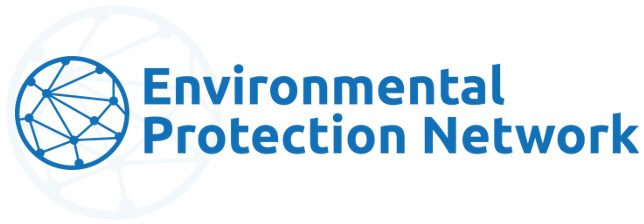As part of Resetting the Course of EPA, the Environmental Protection Network compiled detailed papers on actionable recommendations for EPA leadership to address the most significant challenges currently confronting public health and the environment. Below are descriptions of and links to those detailed papers, which can also be found here:
| Strengthening EPA’s Credibility EPA must reaffirm the core values and practices that have served the agency over 50 years and rebuild confidence in EPA. |
| Restoring Science as the Backbone of EPA Decision-making EPA must restore science as the backbone of decision-making. Scientific research helps EPA, states, tribes, and other partners address the most pressing environmental and public health challenges. |
| Strengthening Economic Analysis at EPA EPA should launch a substantial new effort to improve methods of economic analysis, including both benefit and cost estimation |
| Incorporating Environmental Justice in Every Aspect of EPA’s Work The advancement of environmental justice is one of the most challenging, consequential, and high-profile imperatives facing EPA. To meet this challenge, EPA must incorporate environmental justice into every aspect of its work, provide adequate staffing and other resources to do so, and ensure that historically underserved communities receive a fair share of environmental protection. |
| Building a Resilient, Collaborative, and Innovative EPA for the 21st Century EPA needs to transform the agency into a more resilient, innovative, and collaborative institution, better able to sustain effective action and adapt to shifting conditions. |
| Reimagining and Reframing the Boundaries of EPA’s State, Tribal, & Local Relationships EPA needs to clarify and reinvest in cooperative federalism by reimagining and reframing the boundaries of EPA’s relationships with state, tribal, and local governments. |
| Increasing Funding to Protect Public Health and the Environment Additional EPA and state resources are needed to adequately protect public health and the environment. As the budgets of EPA and states have shrunk, their responsibilities have grown. Today’s EPA must protect a growing population from an expanding set of health and environmental risks. |
| Investing in EPA’s Workforce EPA must rebuild the capabilities, productivity, morale, and inclusivity of the EPA workforce to successfully address the complex challenges of the 21st century. |
| Strengthening Environmental Enforcement and Compliance EPA must support vigorous, effective, timely, and fair enforcement of environmental laws, which are essential to public health and the protection of the environment. |
| Reducing Air Emissions from Mobile Sources EPA must reassert its historic leadership in air pollution control and lead a transportation transformation to protect public health and promote infrastructure investment, jobs creation, and economic growth. |
| Reducing Air Emissions from Stationary Sources EPA should prioritize actions that make real reductions in pollution—providing the greatest health benefit for the greatest number of people and reducing health impacts in communities that are already disproportionately impacted. |
| Safeguarding Drinking Water EPA needs to ensure that everyone has access to safe, affordable drinking water. |
| Protecting the Nation’s Waters Under the Clean Water Act EPA must strengthen programs to reduce pollution from uncontrolled nonpoint sources—scaling up best practices and solutions targeted at the watershed level, with particular attention to where environmental justice communities are disproportionately impacted. |
| Reducing Toxic Risks EPA should focus on changing the agency’s current toxic substances approach, which runs contrary to the best available science and has been intensely criticized for disregarding conditions of use and pathways of exposure. |
| Strengthening Pesticide Regulation EPA must restore its historically transparent, science-based regulatory approaches and formulate a strategy to meet a major pending statutory deadline—the reevaluation by 2022 of all pesticides approved before 2007. |
| Cleaning Up Superfund Sites EPA must support a strong Superfund program, which is central to any effort to address the cumulative toxic effects faced unjustly by too much of the population. |
| Cooperating with Other Countries When addressing priority environmental challenges, EPA must collaborate with other countries and international partners to achieve significant health and economic benefits in the United States. |

